There is a big debate as to which source of light is best for growing plants. Are grow lights better than the natural rays of the sun?
It’s hard to imagine that an artificial lighting source can replace the sun’s natural energy. However, grow lights have developed over recent years and have become a worthy contender.
- Related article: Hydroponics How It Works
Are the effects of UV lights and sunlight on plants something that you find worth your time? Let’s compare these two types of light.
How Does Light Help Plant Growth?
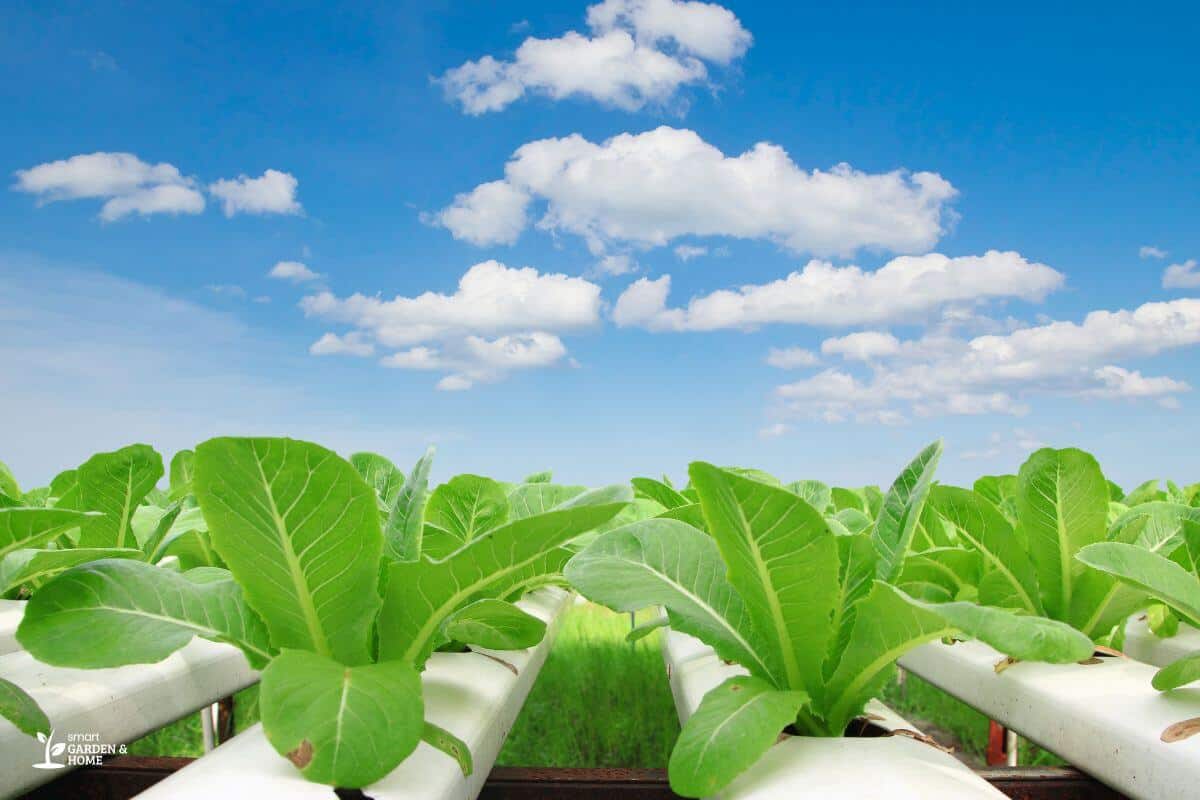
Photosynthesis is a process that is vital to a plant.
It enables the plant to perform functions such as:
- Flowering
- Growth
- Repair
- Seed production
If the light level is low, these functions will not properly be carried out by the plant it will eventually lead to its death.
There are three things that plants need to carry out photosynthesis. These are:
- Light
- Water
- Carbon Dioxide
These things are converted to oxygen and energy by the plant and are used for their sustenance.
Furthermore, chlorophyll allows a plant to absorb pigments.
It is responsible for giving the plant its green foliage by absorbing red and blue light waves from the sun during photosynthesis. Chlorophyll then reflects green light, giving the plant its green appearance.
When there is no source of light, your plant’s leaves might appear dull and yellow. While too much direct sunlight will result in scorched leaves.
What Does Sunlight Have to Help Plants?
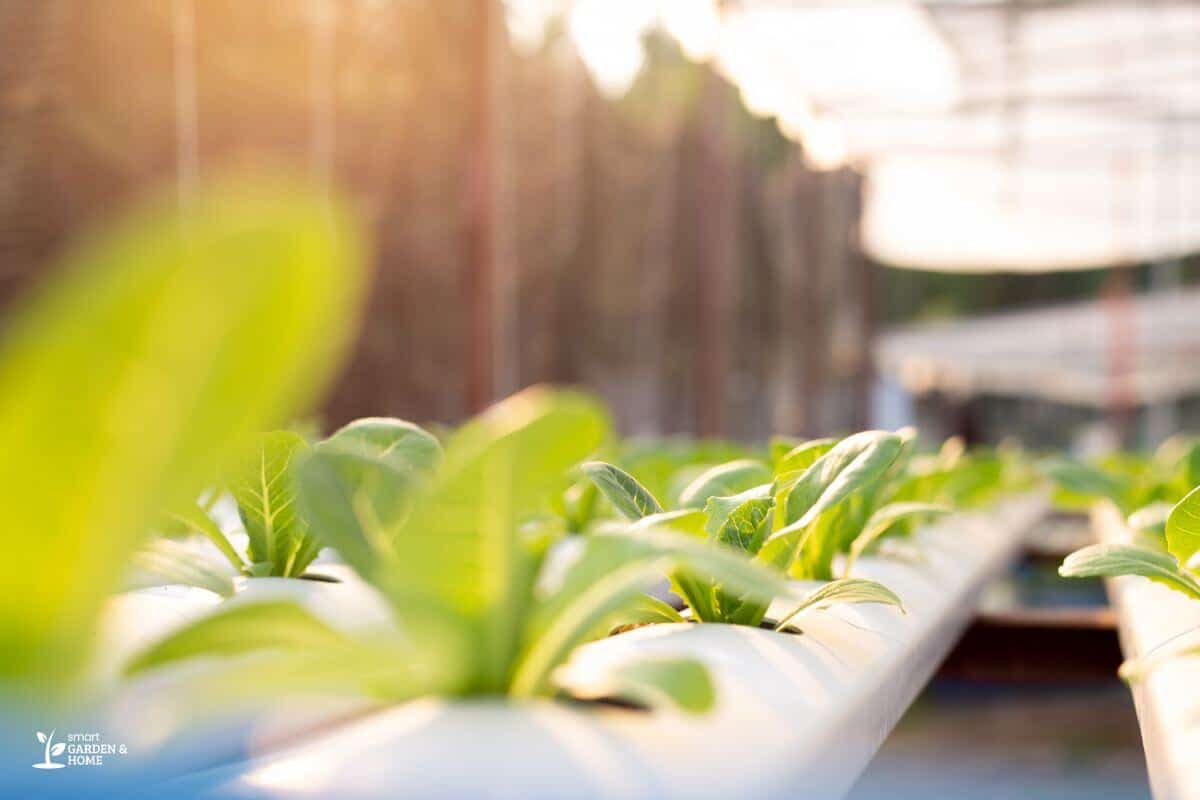
As discussed previously, plants, being autotrophs, can sustain themselves by making their own source of food through photosynthesis.
You can think of plant leaves as solar panels that absorb light from the sun through their leaves.
Any excess energy that is created through photosynthesis is turned into heat. Every plant has its preference for conditions. Some plants require warm conditions, while others prefer cooler temperatures.
The sun warms up the atmosphere and creates a conducive growing environment for plants.
Plants grown outdoors are subject to the natural cycle of light and periods of darkness. Too much sunlight is not necessarily optimal though as dark cycles allow the plant to rest as well.
- Related: Outdoor Hydroponics for Beginners
What Do Grow Lights Have to Help Plants?
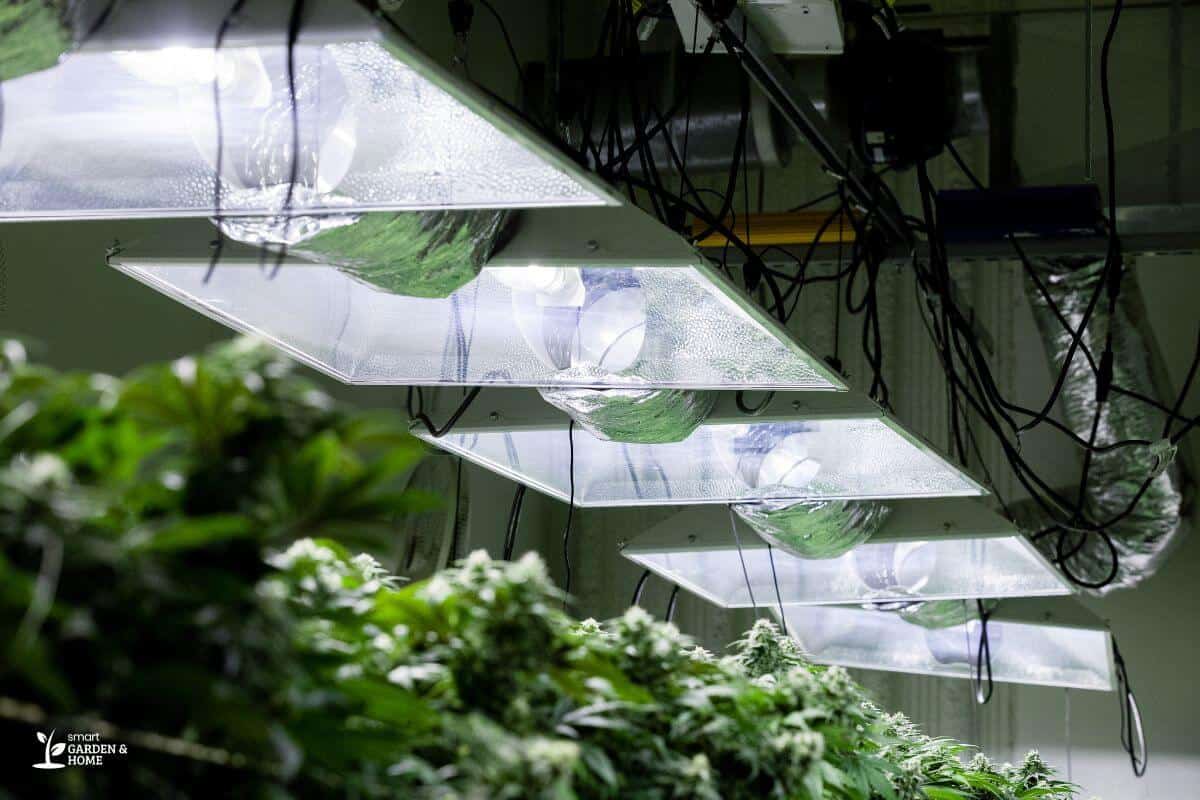
A home can be a dark environment and restrict plants from receiving the right light condition. Grow lights are a great solution to this problem. These lights are used to increase the amount of light available for indoor plants.
These artificial lights are used to increase nutrition levels, fast forward the flowering process, and keep your plant’s foliage healthy.
During the dark winter months, it is virtually impossible to grow plants outdoors as the hours of sunlight aren’t conducive. Also, temperatures during this time can reach below freezing point in some areas.
A grow light can be any of the following:
- LED lights – suitable for low-light plants
- Fluorescent bulbs – emit a cool blue spectrum and can be placed near plants. Blue lights have the most intense light in terms of energy.
- Incandescent bulbs – emit warm red light from the spectrum
Blue wavelength promotes the proper growth of leaves while red wavelength encourages fruit, flower, and vegetative growth.
A combination of purple or violet-blue light (between 400-520 nanometres) provides a shorter wavelength and offers more energy. This setting is used to facilitate faster growth and development of a plant, as it encourages chlorophyll absorption.
When plants have reached a suitable size, the grower can simply interchange between vegetative colors and flowering.
Using a grow light for indoor plants will offer a more consistent light environment as the hours of lighting can be controlled to mimic the changes in season.
Furthermore, artificial lights have different light settings that you can adjust to your liking and plant needs.
- Related: Do You Need a Grow Light for Hydroponics?
What Are the Differences Between Sunlight and Grow Light?
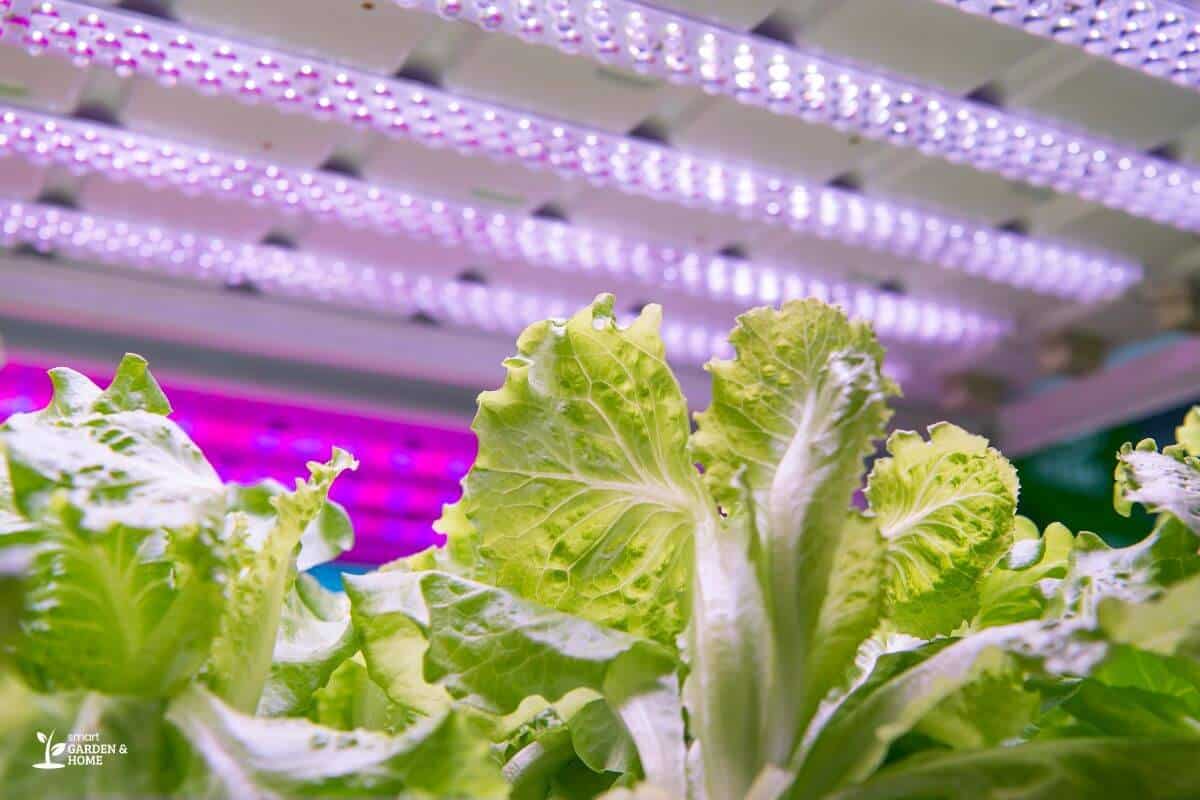
There are several key differences between using sunlight and artificial light sources. Here are some of the main noticeable ones:
1. Cost – the costs incurred with using grow lights can rack up as they need constant power to work.
Also, replacing faulty grow light bulbs time and time again will hurt your pocket. On the other hand, one of the benefits sunlight has is that it is completely free.
2. Colors – various lights have different wavelengths depending on their color but they collectively appear as white light or sunlight. Sunlight has a complete spectrum of lights including red, green, and blue wavelengths.
While LED lights, fluorescent bulbs, and incandescent bulbs can be one-dimensional and can’t replicate the colors of light naturally. You can however fine-tune which end of the light spectrum you want to display.
3. Location – sunlight is used to grow outdoor plants, while artificial light is essential for indoor plants.
4. Resource – grow lights give off an artificial light source that has been designed to imitate the sun’s light. Sunlight is a natural form of light given off by the sun.
5. Controllability – the strength of the sunlight is determined by the season and the weather. However, its natural cycle provides limited light in a 24-hour timeline.
Grow lights can be dimmed or strengthened. You can also decide on the duration of light per day that your plant is exposed to.
6. Climate – the hours of light per year is not the same for all countries around the globe. The advantage of grow light is having control over the hours of light that your plant can receive.
Different types of plants have various light requirements so you need to do research before committing to a certain plant type.
Adequate light throughout the day is not typical for all plants.
Although the option for artificial lighting is available, this might entail more costs for a plant with a higher bright light exposure requirement than for those with a lower one.
It pays to know what kind of plant you have as some have very sensitive leaves toward natural sunlight as well.
Sunlight vs Grow Light- Which Is Better for Plants?
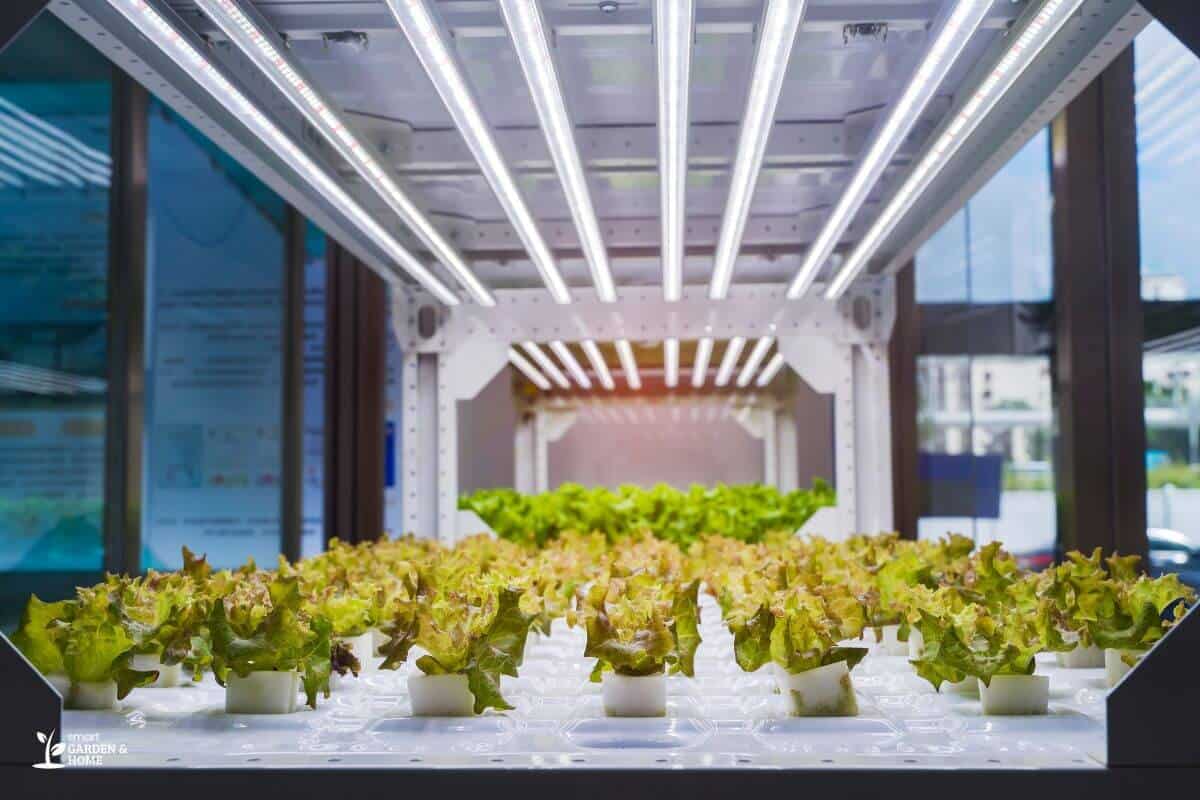
Sunlight is the preferred heat source of most people for growing plants. However, some realists believe in utilizing technology to produce greater yields.
When you look at the comparisons that we made above, both methods actually have pros and cons. What will determine its effectiveness in your life will depend on your location and lifestyle.
Grow lights are an effective option to provide indoor plants with the constant lighting that they need.
Be careful however as incandescent lights can also result in heat stress for some plants if you don’t know how to manage it well.
Sunlight is the easiest on your pocket and won’t cost you a cent, although the amount of sunlight in a day is limited. If you wish to grow outdoor plants, sunlight is the only option for you to consider.
Final Thoughts in Sunlight vs Grow Light for Plants
The best type of light, whether it be natural or artificial is completely up to the grower to decide.
Do your research on the type of plant that you are wanting to grow, find out what climate best suits them, and compare your natural climate to their preferences.
Grow lights can be used with a hydroponic system and indoor gardens as they can mimic the plant’s natural environment and maintain good climatic conditions.
In turn, plants growing in hydroponic environments have healthy growth and produce greater yields.
Should you wish to grow seasonal plants, the natural light outside can already provide you with sufficient sunlight.
What to learn more about grow lights for plants? We have more in store for you. Check these out:
Sources:
- https://extension.umn.edu/planting-and-growing-guides/lighting-indoor-plants
- https://extension.umd.edu/resource/grow-lights-starting-seeds-indoors
- https://extension.missouri.edu/publications/g6515

